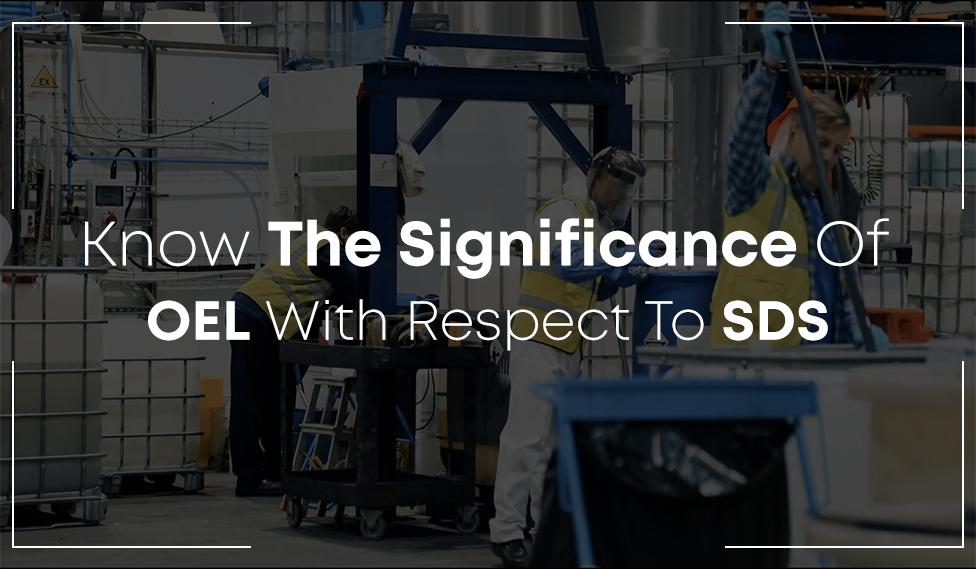
Do you know that various health regulatory authorities ask chemical manufacturers to maintain Occupational Exposure Limits (OELs)? The OEL indicates the exposure level where the individual can experience the hazardous chemicals in the specified environment. The exposure limit range is determined by the substance’s carcinogenicity, mutagenicity, and acute toxicity. So, to label and classify the chemicals globally, the United Nations (UN) has developed a Globally Harmonized System (GHS). It is also to be noted that the UN has issued a GHS document, a guideline to standardize the format and labels of chemicals and the Safety Data Sheet (SDS). Similarly, the GHS document helps classify the chemical depending on environmental, physical, and health criteria.
So, in this blog, you will learn more about OEL with SDS for a product constituting numerous chemicals.
GHS & OEL:
The GHS primarily asks the chemical manufacturers to list the OELs in their respective products, which contain hazardous chemicals under SDS Section 8. However, the OEL is not confined only to the product but also constitutes any form like vapor, dust, or mist, which can be inhaled effectively by an individual.
For instance, if you are a manufacturer of a product which is in the form of a paste, you are still subjected to include the OEL in your SDS for those chemicals which can be harmful in the vapor, dust, and mist form.
Different Types Of OEL Exposure:
Having said how OEL is prominent in including the SDS, you must know about the different types of OEL exposure. So, primarily, the manufacturers are aware of the chemical concentration available in their products. Hence, below suggested is the exposure level for the individuals for various chemical concentrations.
Time Weighted Average (TWA):
It is the average exposure level where the individuals can be exposed to 8 hours in a day only when the chemical concentration does not have harmful effects on health.
Short-Term Exposure Limit (STEL):
At this exposure limit, the workers are allowed to be exposed only for a short period (15 minutes) as the chemical concentration is high, leading to acute health problems.
Ceiling value (STEL-C):
At this exposure limit, the worker is not exposed at any time of the day to prevent potential hazards.
SDS And OEL:
SDS and OEL are essential for any health regulatory agency to protect workers from exposure. An SDS with OEL allows the workers to determine not only the harmful chemicals but also the exposure limit of the same. Hence, by knowing the exposure limit, the employer can take necessary measures for the workers working with concerning chemical substances. The effective measures taken by the manufacturer include engineering controls like allowing the workers to work with a chemical substance in an enclosed environment or to use exhaust for ventilation.
The other measures which employers can take are using safety equipment and hygiene measures.
Hence, implementing SDS with OEL has a significant effect on preventing the risk associated with the workers in various chemical manufacturing units. Sunstream is your ideal partner in helping you to offer excellent SDS services for your company.




 +1.585.935.7123
+1.585.935.7123 +91-804-148-6861
+91-804-148-6861